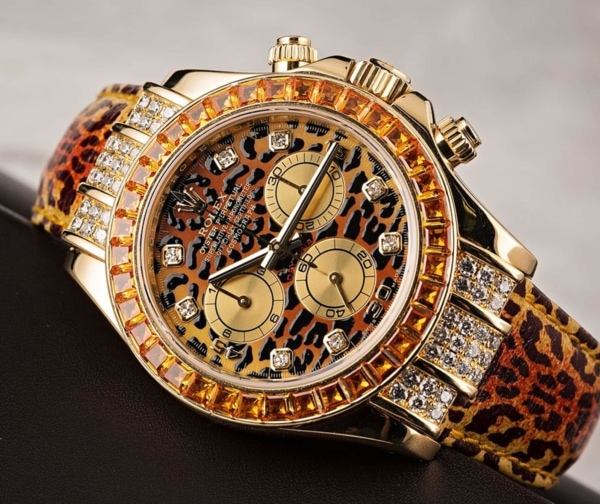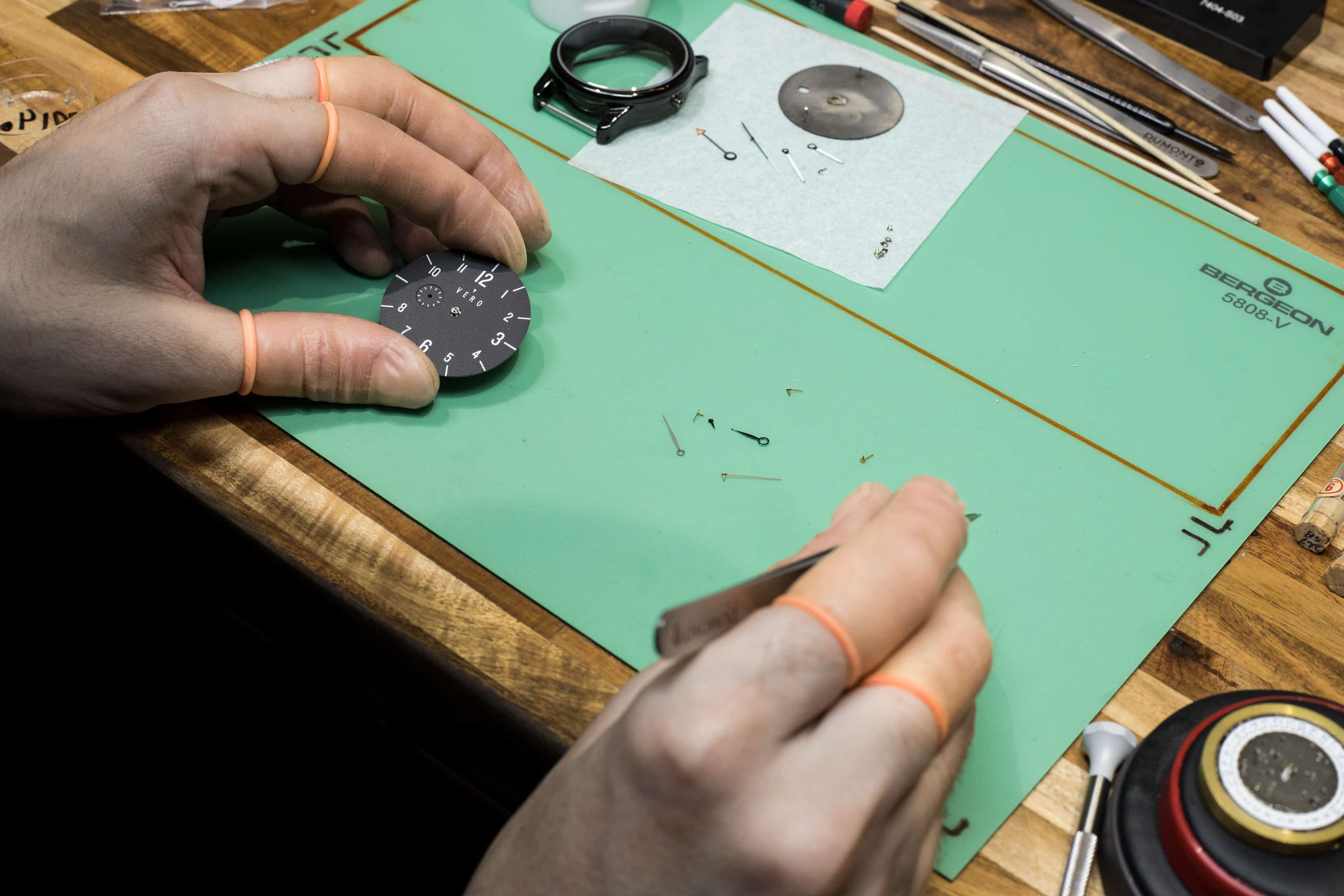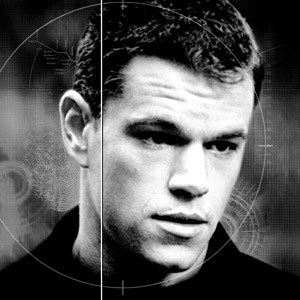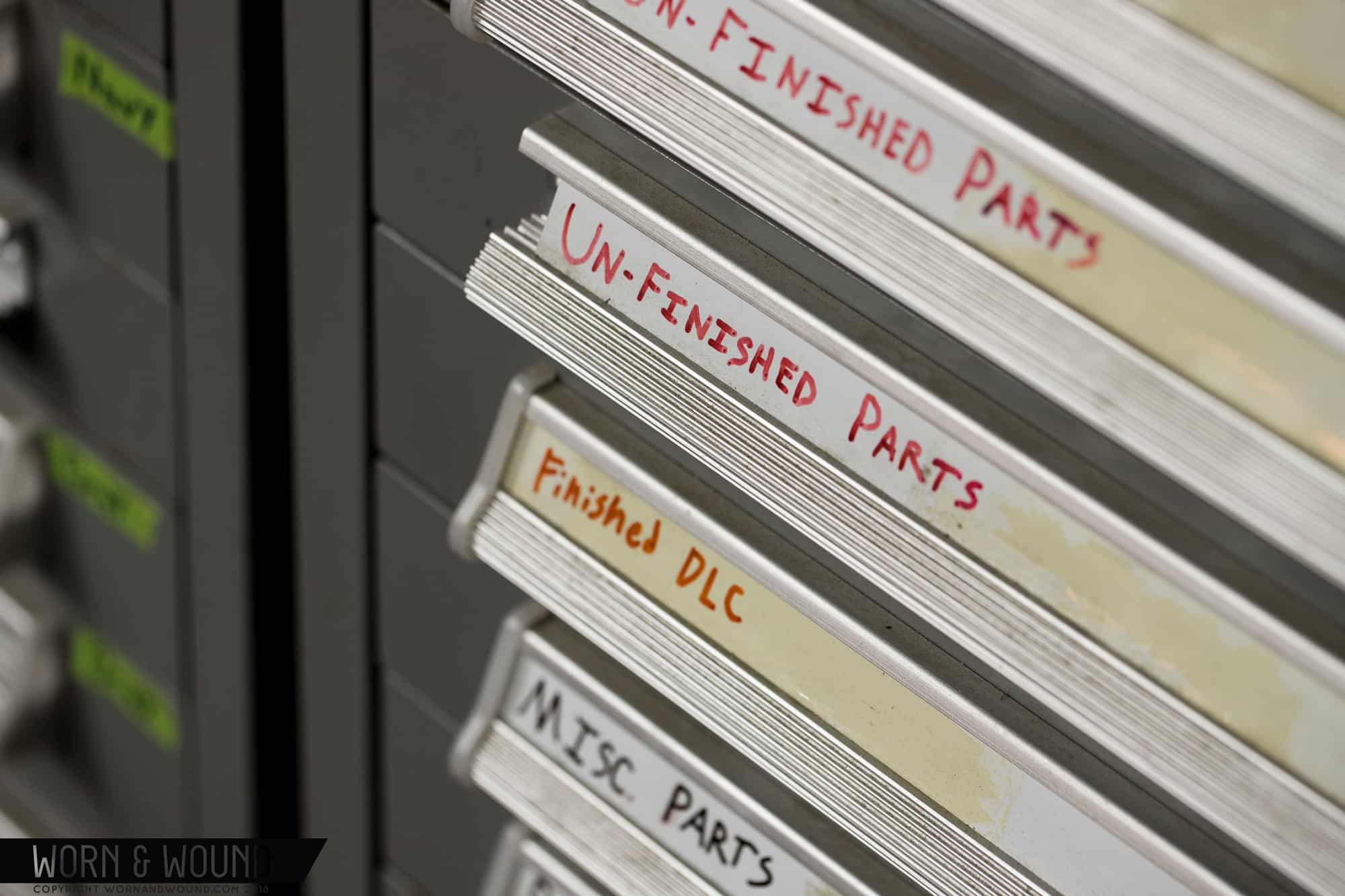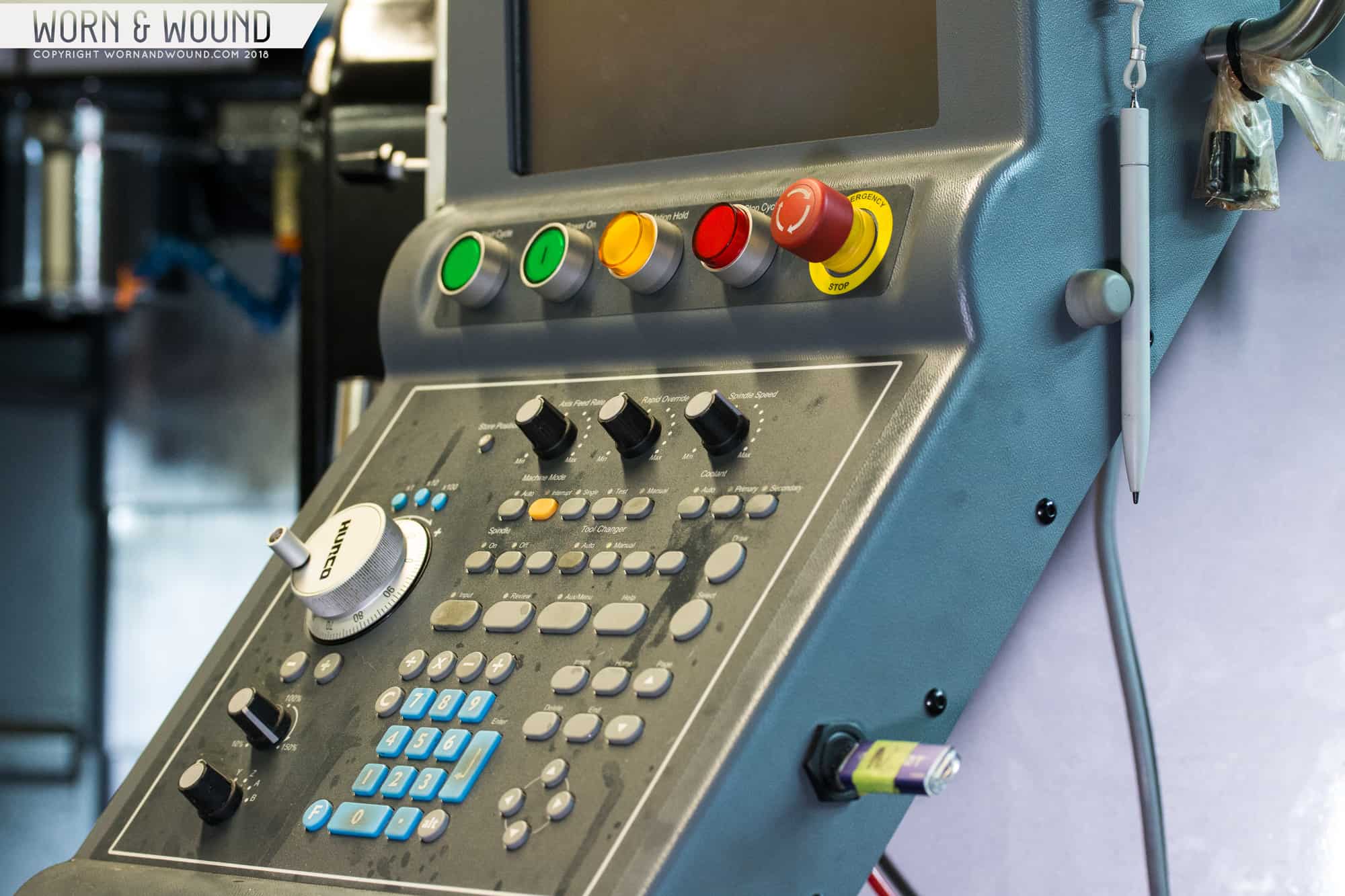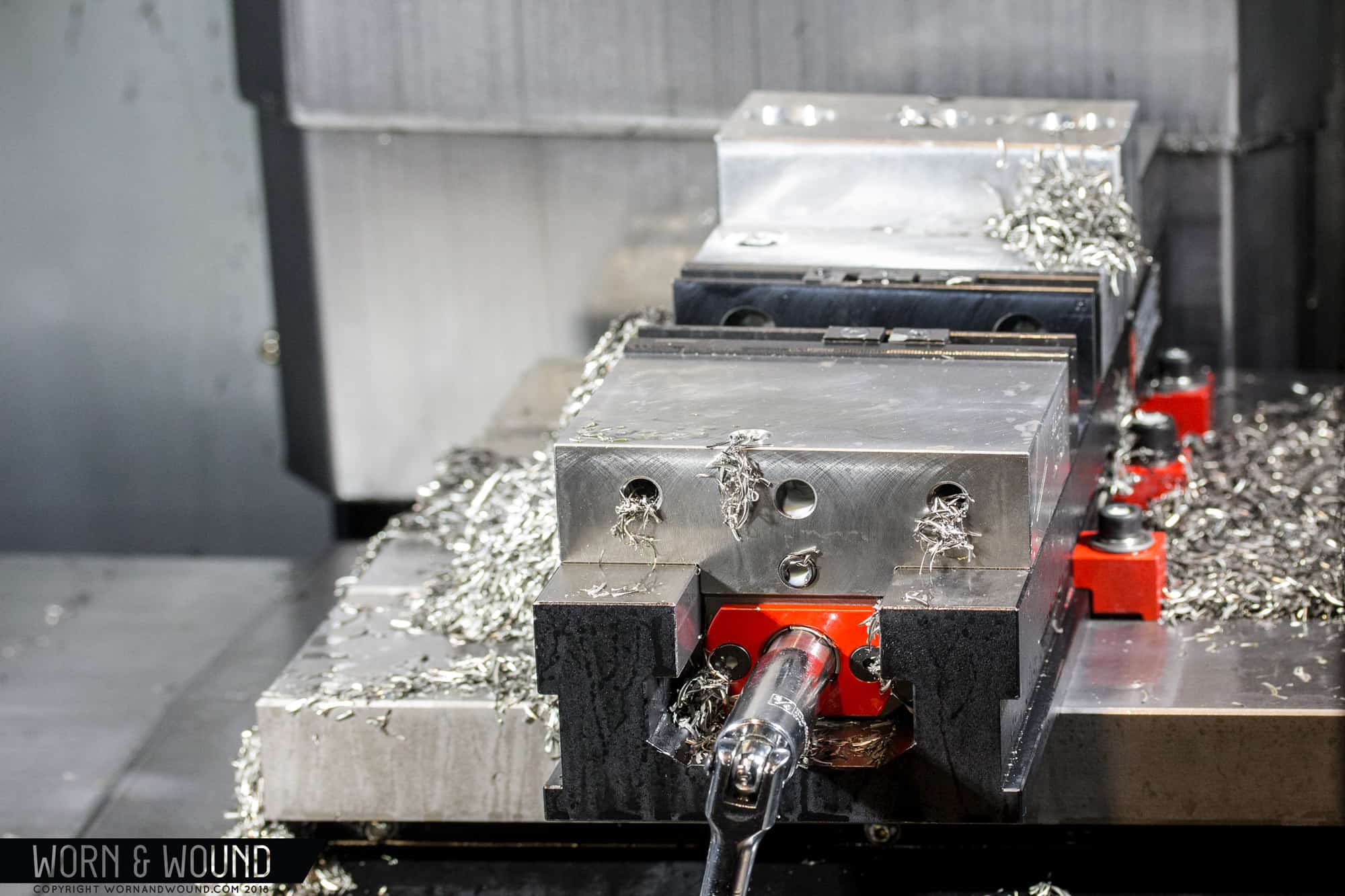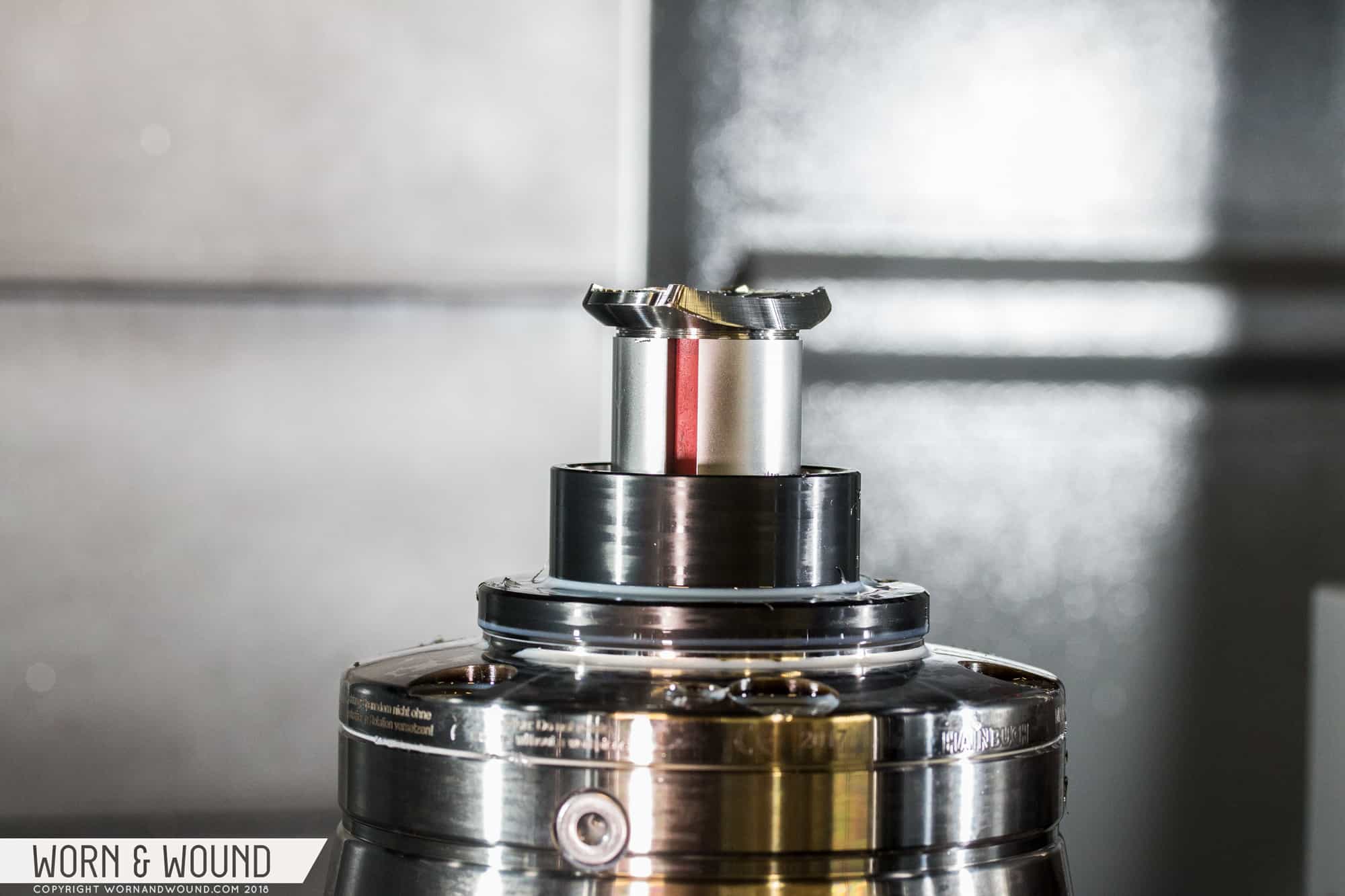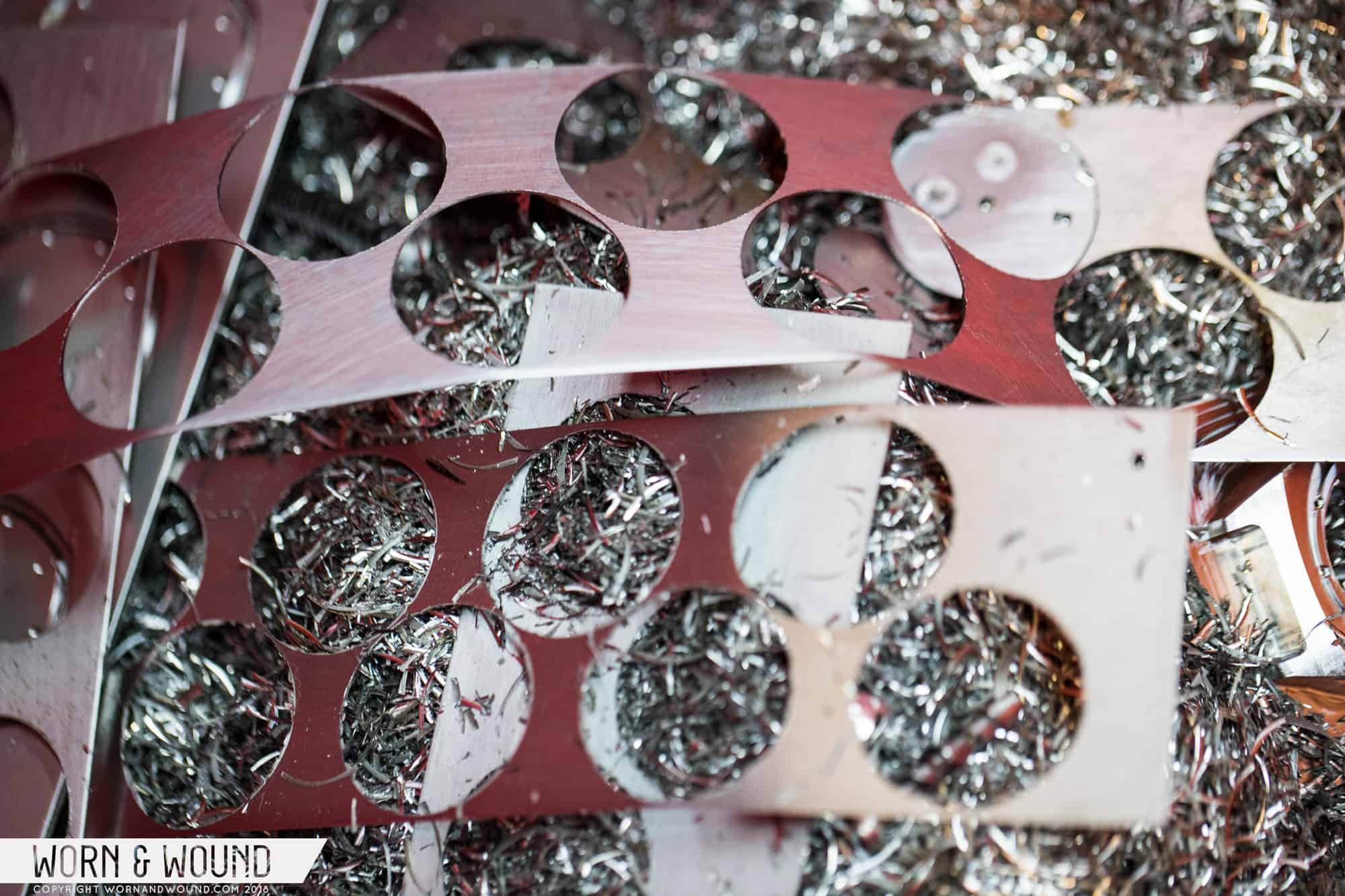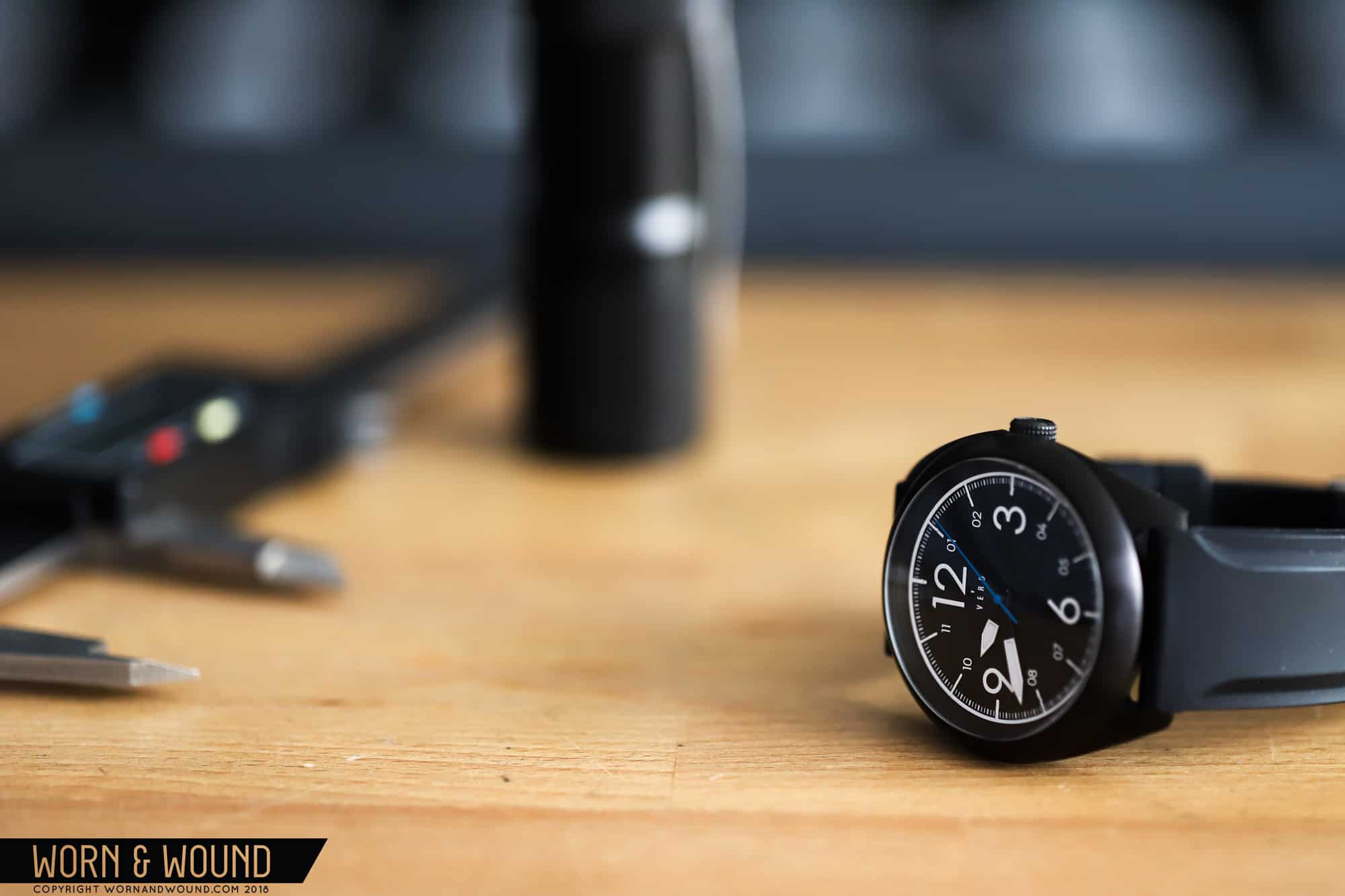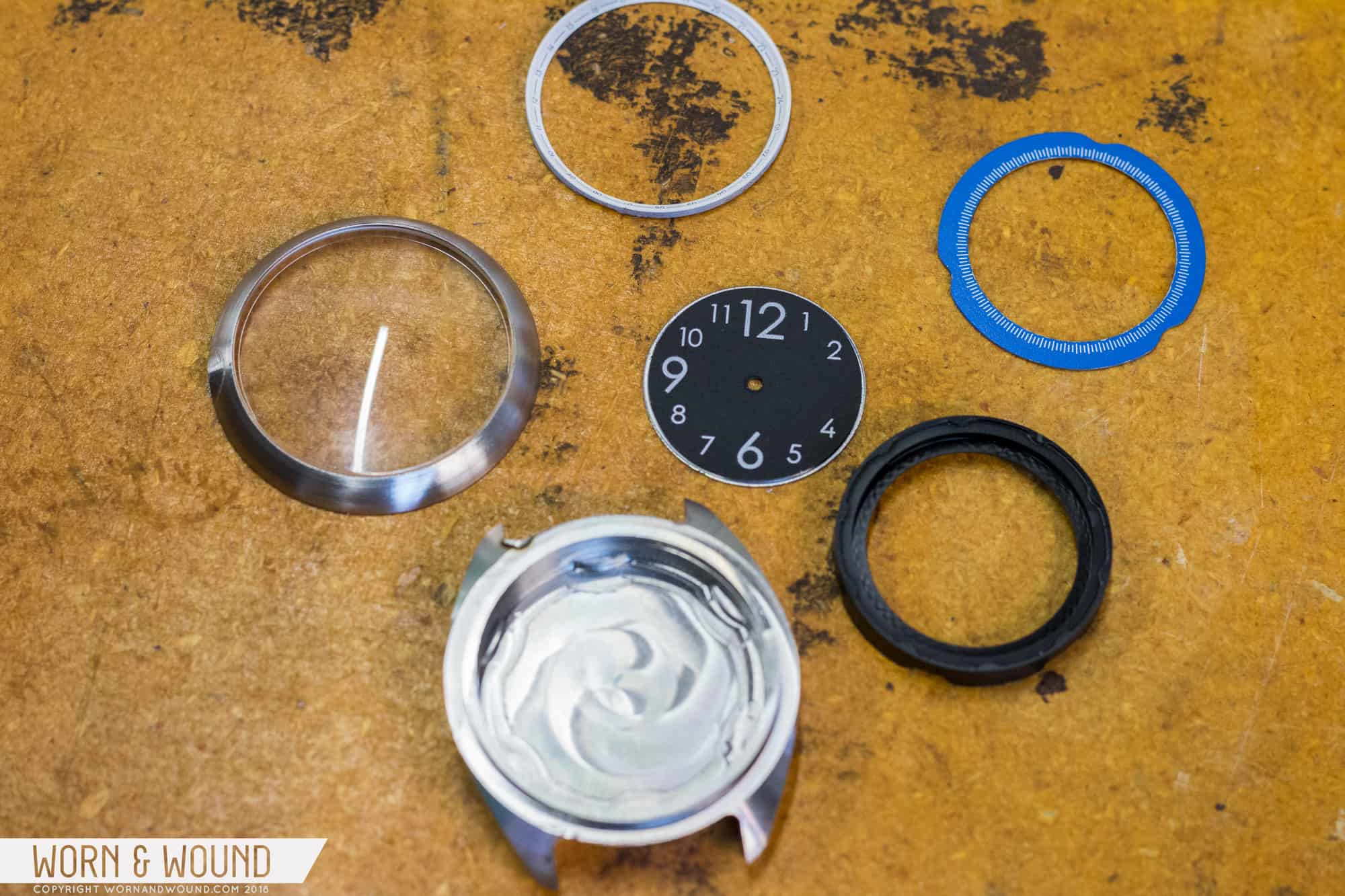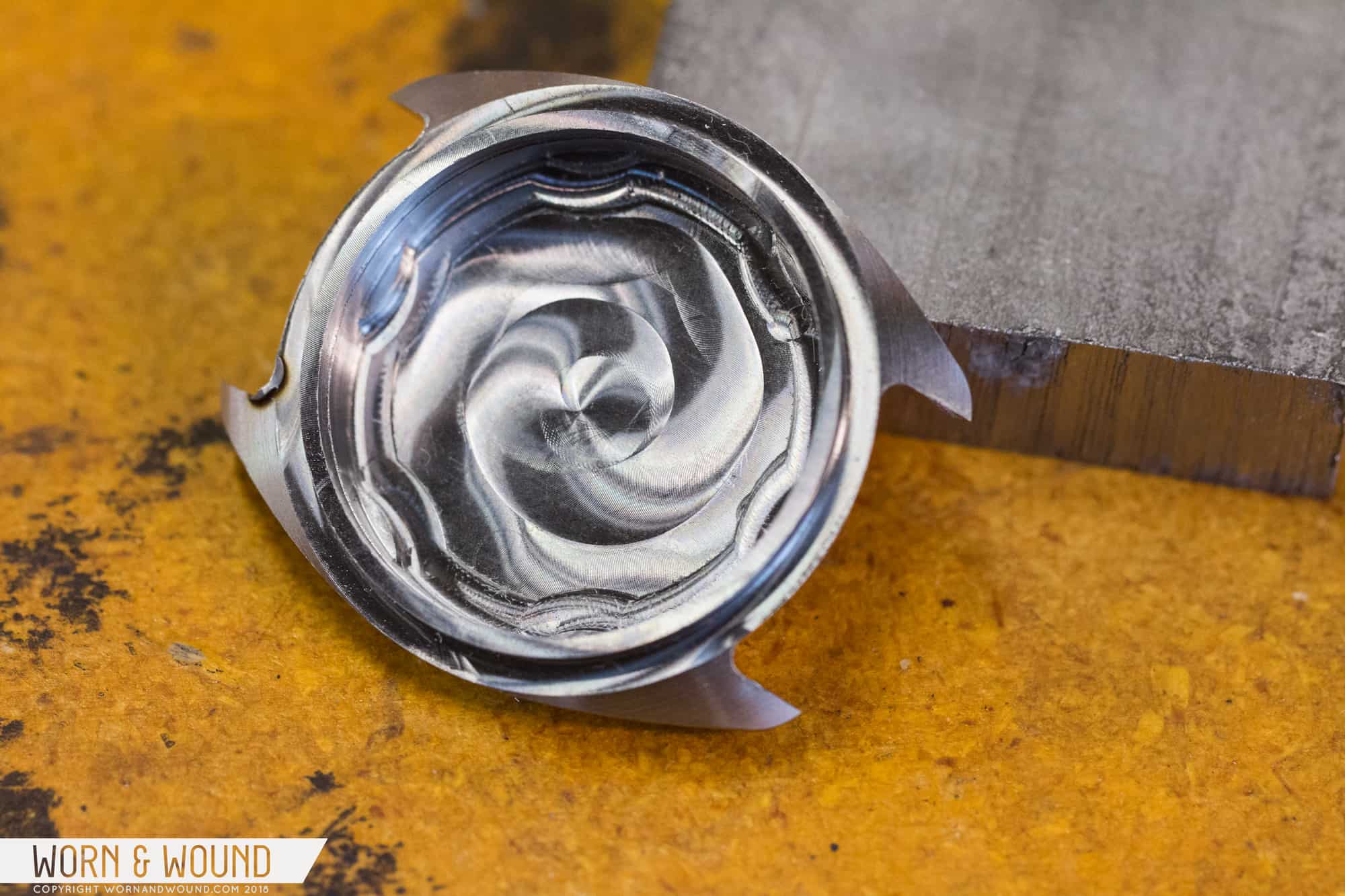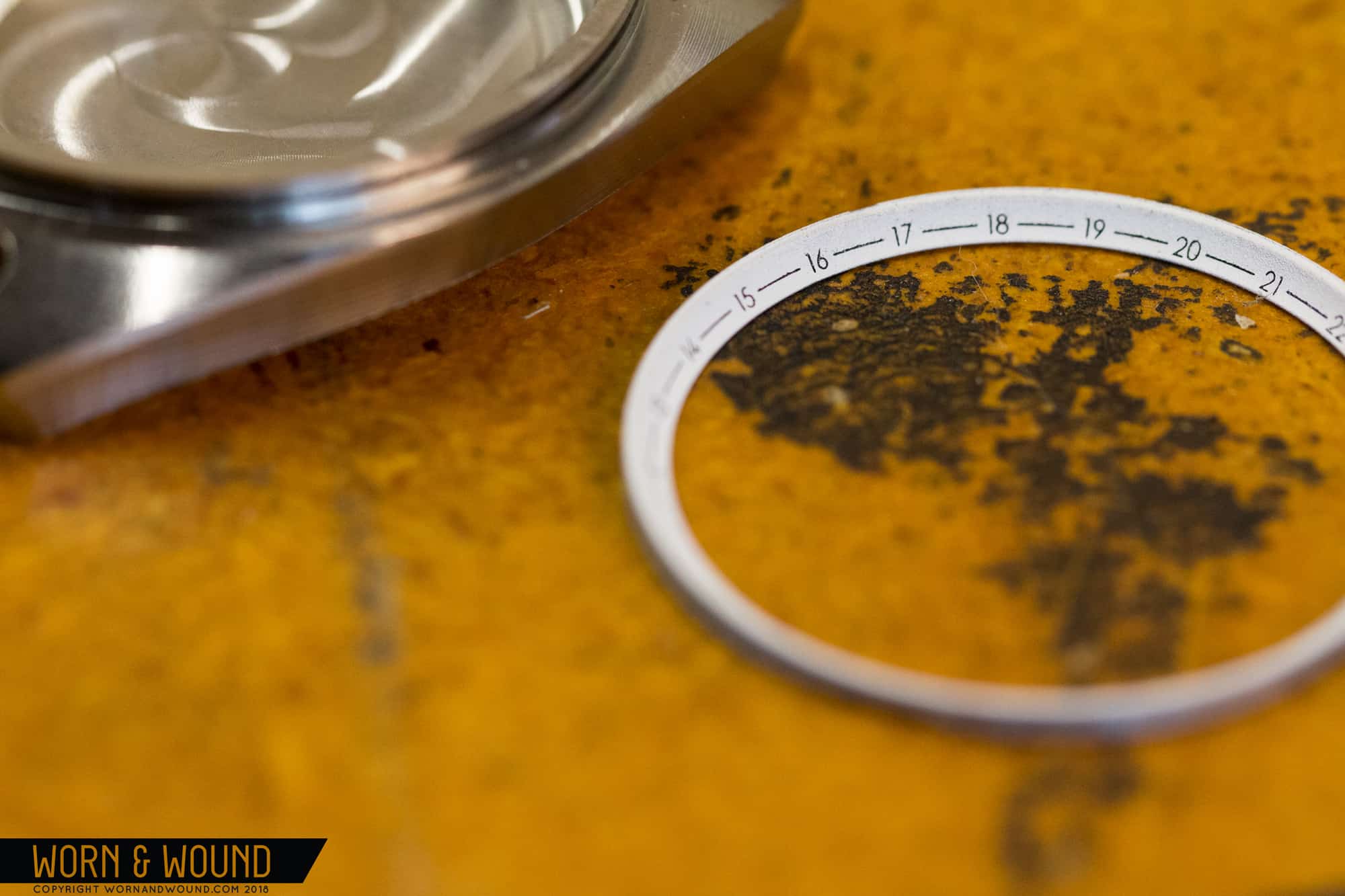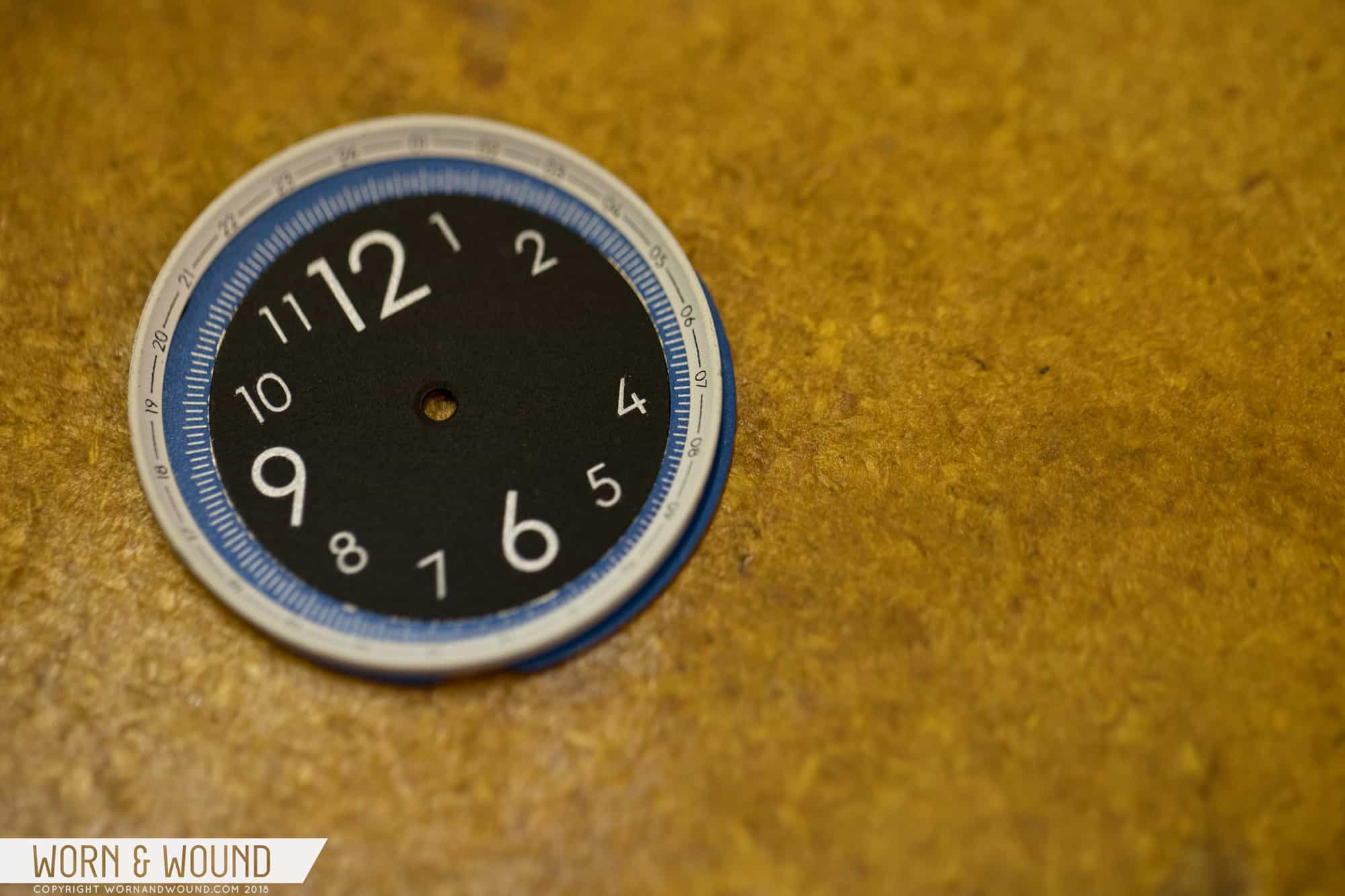Today, we’re kicking off a new video series we’re calling How Watches Are Made. Each installment will focus on bringing you a behind-the-scenes look at the the manufacturing capabilities of different watch brands—both big and small. For our first episode, we’re checking in with VERO, a relatively young company out of Portland, Oregon, which has, over the last four years, done some pretty big things.
“I really just want to make a watch.” These eight words, spoken over a couple of beers one night in 2014, launched VERO, a young watchmaking outfit based in Portland, Oregon. But friends and co-founders Chris Boudreaux and Danny Recordon were not watchmakers. They were simply enthusiasts who loved watches. Still, the thought of contracting the work out to a factory in the Far East didn’t cross their mind. “We knew we wanted to make them,” explains Danny, the self-taught engineer on the team. “Rather than prototype somewhere else . . . we wanted to design [and] prototype in our own shop, on our own timeline, and have full control.”
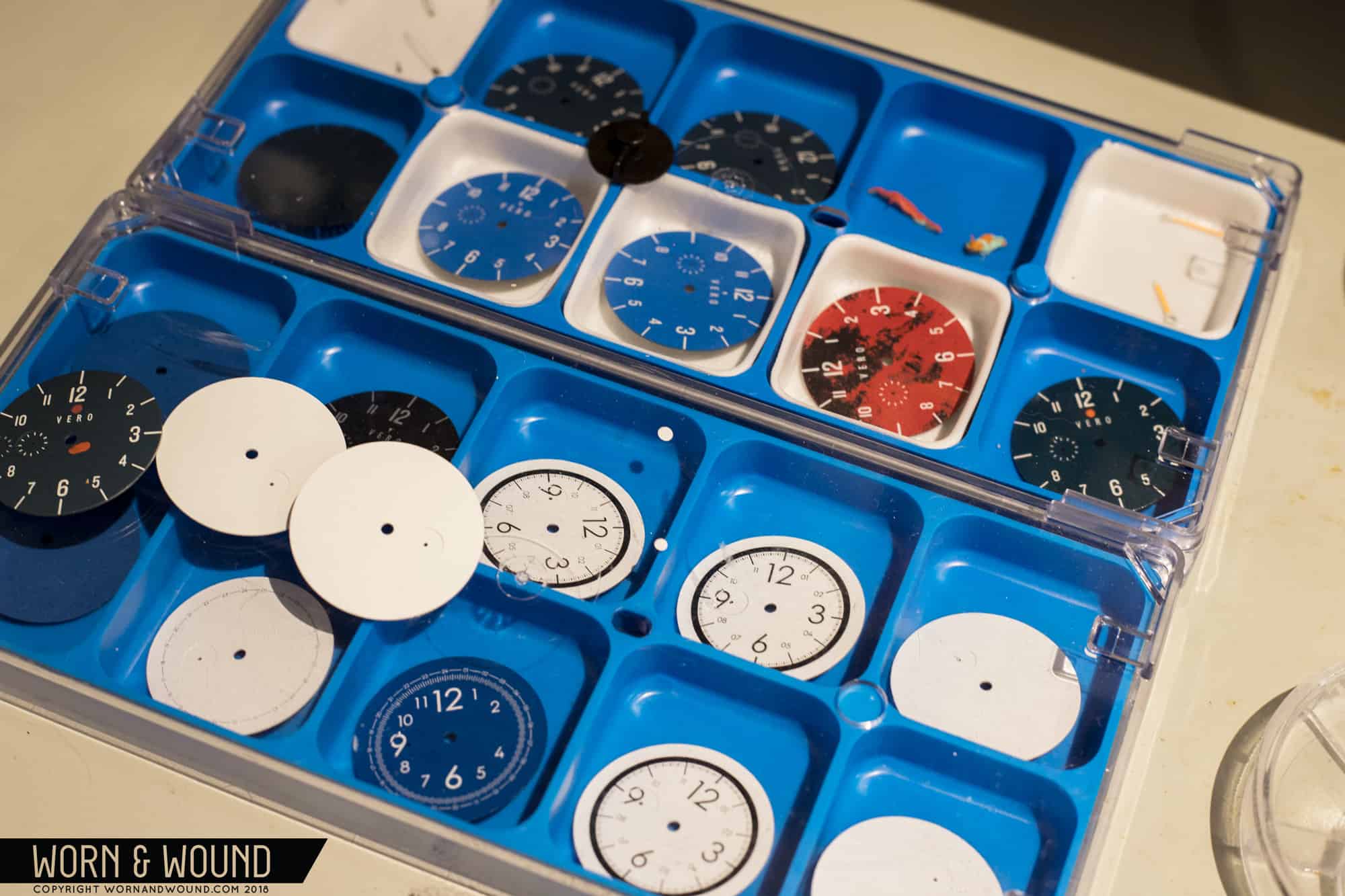
In many ways, VERO embodies a new, spunkier wave of American watchmaking. It’s worth noting that watches produced in The States are few and far between. There’s RGM, of course. Then there’s Weiss in California and Vortic in Colorado. But beyond that, the vast majority of American brands rely on overseas production. That’s not a value judgement—it’s simply a reality.









 Featured Videos
Featured Videos



